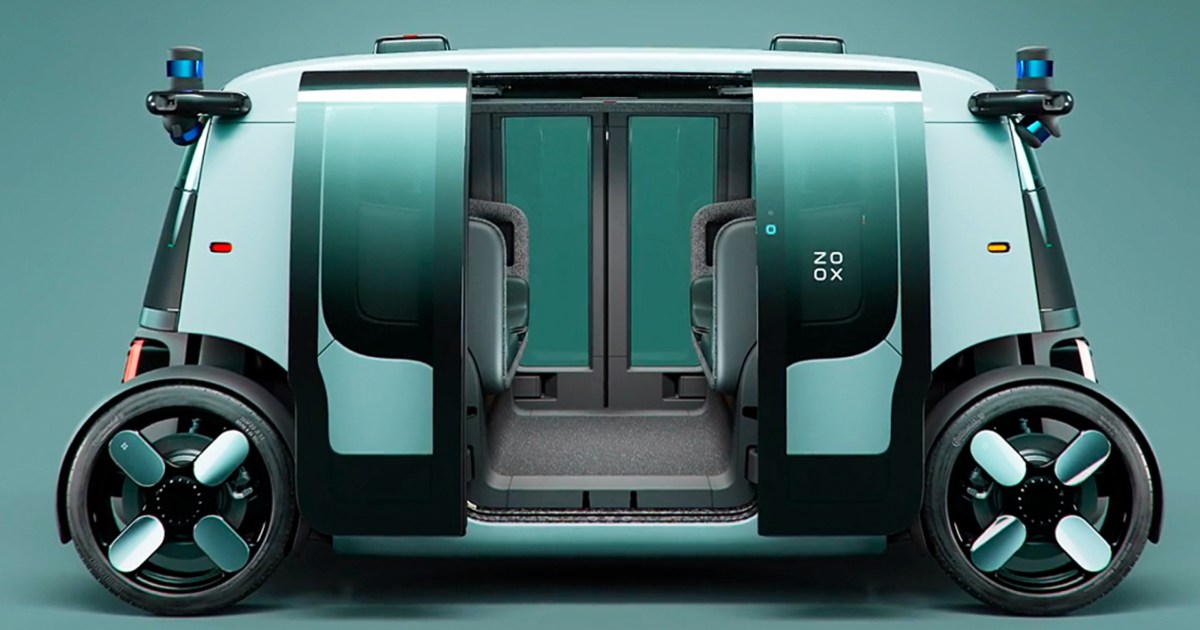I was cycling yesterday in downtown Paris and followed a Model Y w/ NL plates crossing one of the busiest place during rush-hour (Place de Clichy at ~6PM).
I noticed it had a metal structure on the roof that held what looked like small sensors. At least two were pointing to the rear, and were close to the lengthwise axis of the car. I assume two others where pointing forward and maybe two others on each side.
I guess the car is operated by Tesla (given the NL plate and the model) and that the sensors were Lidar. They looked very much like these
Why would they calibrate the Y in such busy places, at the worst possible time? Could this be for FSD localization?
I noticed it had a metal structure on the roof that held what looked like small sensors. At least two were pointing to the rear, and were close to the lengthwise axis of the car. I assume two others where pointing forward and maybe two others on each side.
I guess the car is operated by Tesla (given the NL plate and the model) and that the sensors were Lidar. They looked very much like these
Why would they calibrate the Y in such busy places, at the worst possible time? Could this be for FSD localization?



